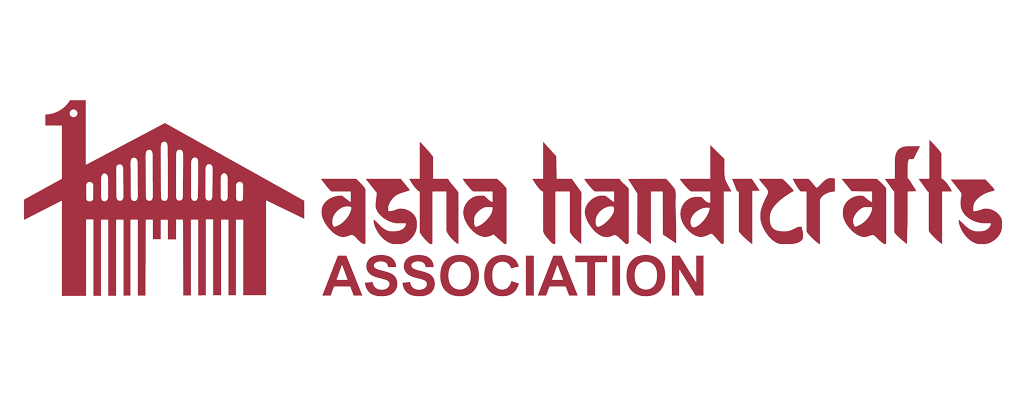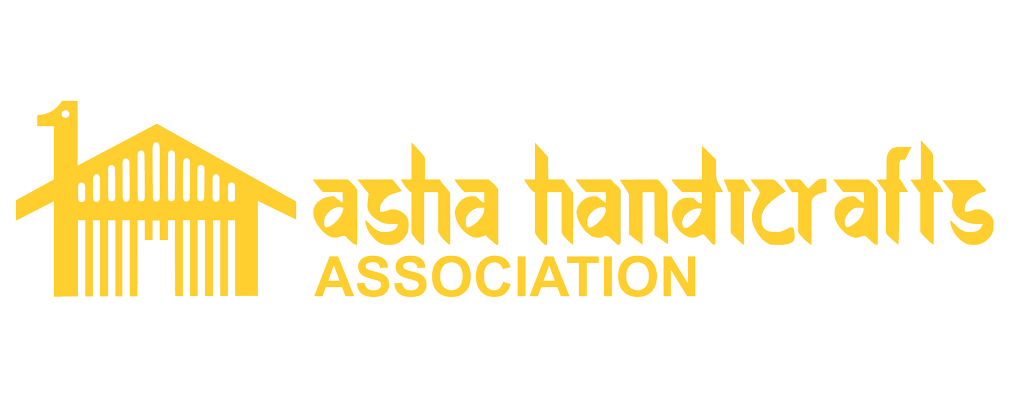‘KALAMKARI’ Craft Promoted by Asha Handicrafts for over 4 decades!
The traditional art form ‘Kalamkari craft’ is primarily block printing or hand painting on fabric. Long ago folk singers and artists would travel from village to village to narrate stories from Hindu mythology to the villagers. As time passed by, the business of sharing these tales progressed to canvas paintings and that is when Kalamkari originated. Although it only got popularized during the Mughal era. The Mughals promoted it in the southern regions of India at Coromandel and Golconda where skilled artisans practiced their art.
The word Kalamkari craft comes from 2 words ‘kalam’ which means pen and ‘kari’ which means craftsmanship. It is exceptionally popular in Andhra Pradesh, and it dates all the way back to more than 3000 B.C. Kalamkari is known to be a healing fabric as the colors and the narration of mythology create an aura that heals an individual religiously and physically.
The ‘Kalamkari’ craft art is carried out on cotton or silk fabrics, and only natural dyes are used. The finish process consists of 23 laborious steps from selecting the fabric, washing, bleaching, dyeing, hand painting, block printing, starching, cleaning, drying etc.
The most popular colors used in Kalamkari are red, blue, green, yellow, brown. In the paintings women are portrayed in yellow, demons in green and red and Gods in blue, all the colors are made naturally as using synthetic dye is prohibited.
There are 2 types of Kalamkari Srikalahasti and Machilipatnam. In the Srikalahasti style they use a bamboo pen to fill in the colors to make intricate designs. The Machilipatnam style on the other hand, the bamboo pens are still used to fill in the colors but wooden blocks are used to make a basic structure of the painting.
This painstaking craft can last from days to months, but the final image is worth all the effort that gives birth to an exquisite and appealing piece of art.
– Joanna Shields GRADE –IX


